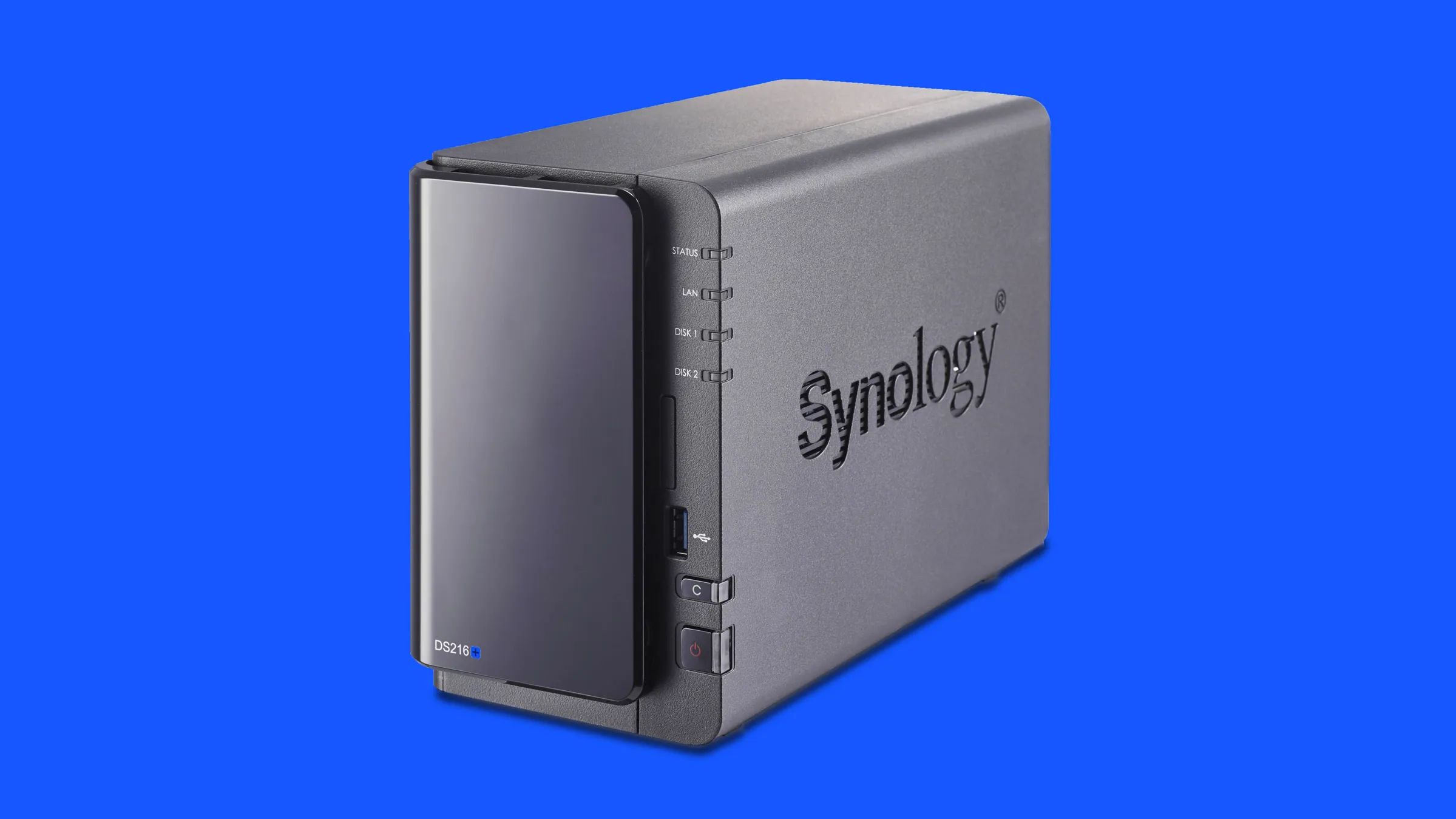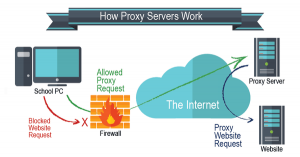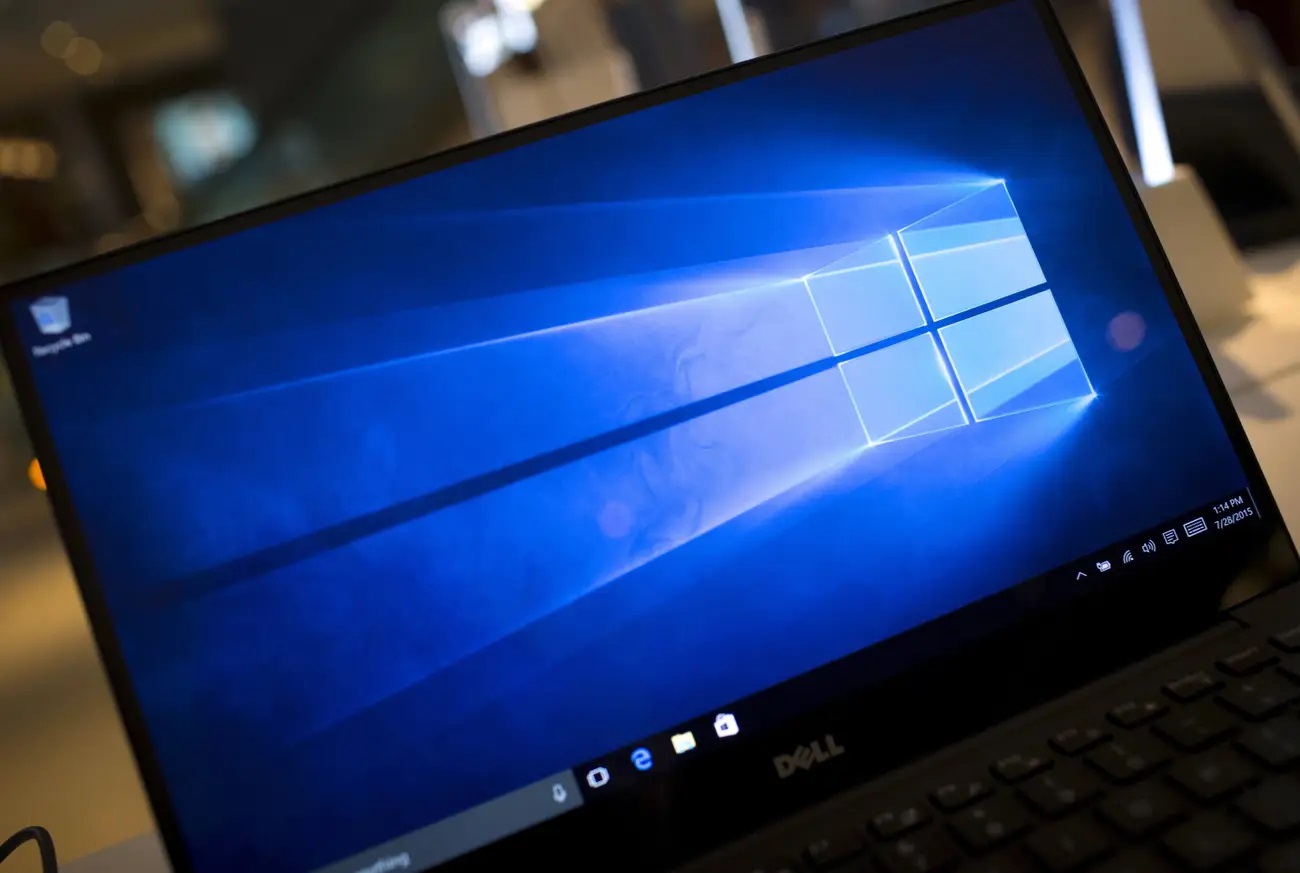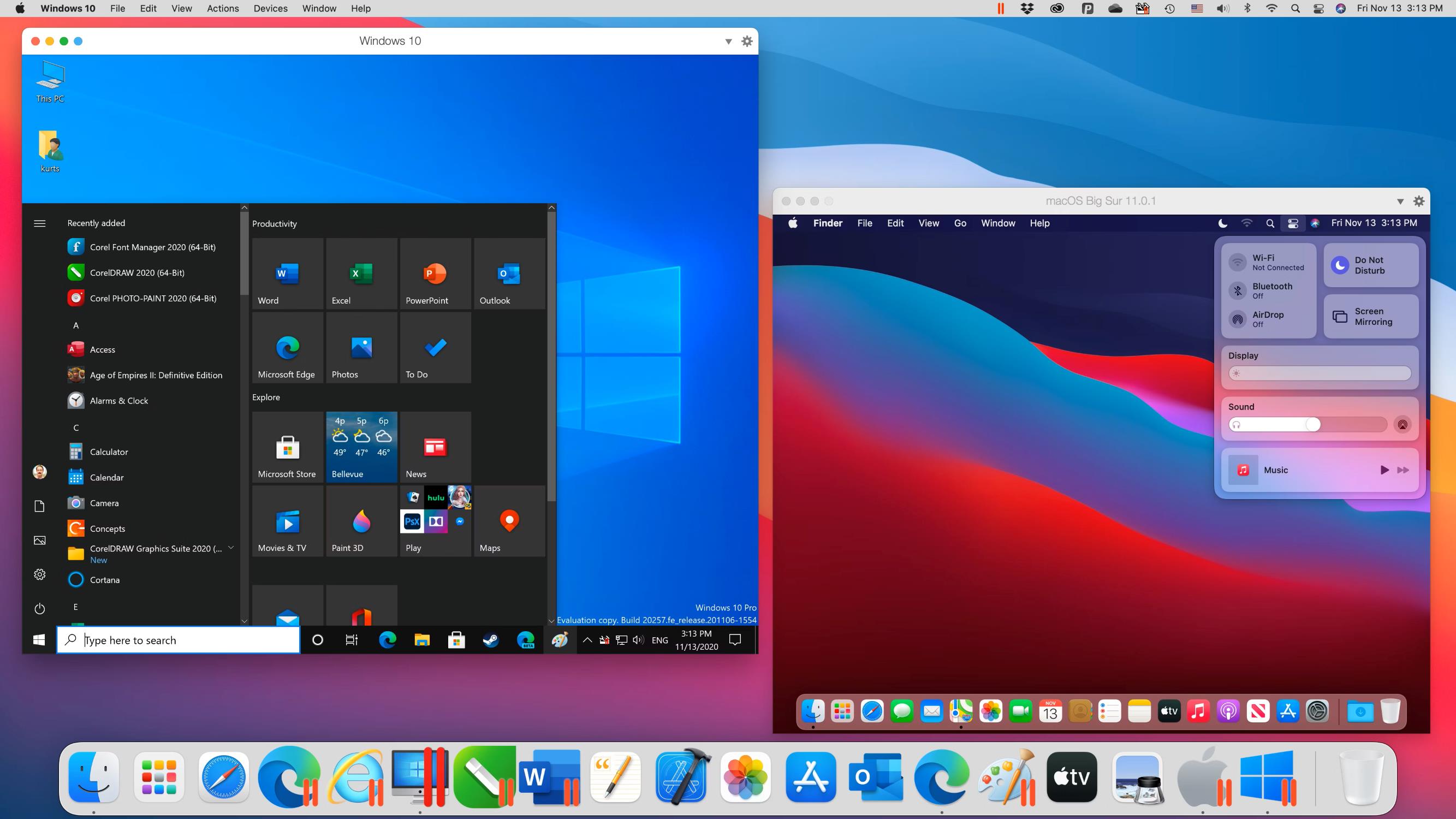Introduction
If you have a Network Attached Storage (NAS) device on your home or office network, knowing its IP address is essential for accessing and managing it. The IP address acts as a unique identifier for the NAS within your network, allowing you to connect to it and configure settings. Whether you need to map network drives, access files, or troubleshoot connectivity issues, having the IP address readily available can streamline these tasks. In this guide, we'll walk through the steps to find the IP address of your NAS device on a Windows 10 system.
Understanding how to locate the IP address of your NAS can empower you to take full advantage of its capabilities. By accessing the Control Panel and navigating through the Network and Sharing Center, you can easily retrieve this crucial piece of information. This guide aims to simplify the process, enabling you to effortlessly manage and maintain your NAS device.
With the increasing reliance on network storage solutions for data backup, file sharing, and media streaming, the ability to quickly find the IP address of your NAS is invaluable. Whether you are a home user seeking to access multimedia files from various devices or a business professional requiring seamless access to shared resources, this guide will equip you with the necessary knowledge to achieve these objectives.
By following the steps outlined in this guide, you can gain a deeper understanding of your network infrastructure and enhance your overall computing experience. Let's embark on this journey to discover the IP address of your NAS device, empowering you to harness the full potential of your network storage solution.
Step 1: Accessing the Control Panel
Before delving into the process of finding the IP address of your Network Attached Storage (NAS) device, the first step involves accessing the Control Panel on your Windows 10 system. The Control Panel serves as a centralized hub for managing various system settings and configurations, making it the starting point for locating network-related information.
To access the Control Panel, you can begin by clicking on the Windows icon located in the bottom left corner of your screen, commonly known as the Start button. This action opens the Start menu, where you can type “Control Panel” in the search bar. As you type, Windows will display the Control Panel app in the search results. Clicking on the Control Panel app will launch the Control Panel window, providing access to a multitude of system management tools and settings.
Alternatively, you can access the Control Panel by right-clicking on the Start button and selecting “Control Panel” from the contextual menu. This direct approach offers quick access to the Control Panel interface, allowing you to proceed with the next steps in the process of finding the IP address of your NAS device.
Upon entering the Control Panel, you will encounter a range of categories and options for system configuration. The Control Panel is designed to provide users with a comprehensive view of their system settings, including network and internet-related configurations. Navigating through the Control Panel’s interface is the initial step in the journey to uncovering the IP address of your NAS device, setting the stage for the subsequent steps in this guide.
Accessing the Control Panel is the foundational step that sets the stage for the subsequent actions required to locate the IP address of your NAS device. By familiarizing yourself with the Control Panel interface, you can gain confidence in navigating system settings and effectively managing your network-connected devices.
Step 2: Locating the Network and Sharing Center
Once you have accessed the Control Panel on your Windows 10 system, the next step in finding the IP address of your Network Attached Storage (NAS) device involves locating the Network and Sharing Center. This essential component of the Windows operating system provides access to network-related settings and information, including details about your NAS device and its associated IP address.
To locate the Network and Sharing Center, navigate through the Control Panel interface. Within the Control Panel, you will find various categories and options for system configuration. Look for the “Network and Internet” category, which houses the Network and Sharing Center among its subcategories. Click on “Network and Sharing Center” to access this centralized hub for managing network connections and sharing settings.
Upon entering the Network and Sharing Center, you will encounter a wealth of information pertaining to your network connections, including details about your NAS device. The Network and Sharing Center provides an overview of your network infrastructure, displaying active connections, network discovery settings, and options for sharing resources across the network.
Within the Network and Sharing Center, you can explore the “Change adapter settings” option, which allows you to view and manage the network adapters installed on your system. This feature enables you to identify the network adapter associated with your NAS device, providing insights into its connectivity and related properties.
Additionally, the Network and Sharing Center offers access to the “View your active networks” section, where you can view and modify the network profile assigned to your network connection. This section provides visibility into the network type and category, further enhancing your understanding of the network environment in which your NAS device operates.
Locating the Network and Sharing Center within the Control Panel is a pivotal step in the process of uncovering the IP address of your NAS device. By leveraging the network-related information and settings available within this centralized hub, you can gain valuable insights into your network infrastructure and the devices connected to it.
Step 3: Finding the IP Address of the NAS Device
With the Network and Sharing Center accessible, the final step in the process of discovering the IP address of your Network Attached Storage (NAS) device involves identifying the specific details related to the NAS within the network environment. By navigating through the Network and Sharing Center and leveraging additional system tools, you can pinpoint the IP address of your NAS device with precision.
Within the Network and Sharing Center, proceed to the “Change adapter settings” section, where you can view a list of network adapters installed on your system. Locate the network adapter associated with your NAS device, which is typically labeled with the device’s manufacturer or model name. Right-click on the relevant network adapter and select “Status” from the contextual menu to access detailed information about the connection.
Upon accessing the status of the network adapter, navigate to the “Details” tab to reveal comprehensive information about the network connection, including the IPv4 address. The IPv4 address corresponds to the IP address assigned to your NAS device within the network. This alphanumeric string of numbers and periods uniquely identifies your NAS device’s location on the network, enabling seamless communication and data exchange.
Alternatively, you can utilize the Command Prompt to retrieve the IP address of your NAS device. Open the Command Prompt by typing “cmd” in the Windows search bar and selecting the Command Prompt app from the search results. Within the Command Prompt window, type the command “ipconfig” and press Enter to display detailed information about your network connections, including the IPv4 address of your NAS device.
By leveraging the network adapter status and the Command Prompt, you can efficiently obtain the IP address of your NAS device, empowering you to engage with the device and leverage its capabilities within your network environment.
With the IP address of your NAS device at your disposal, you can seamlessly access and manage the device, enabling efficient file sharing, data backup, and resource utilization. This essential piece of information equips you with the knowledge needed to harness the full potential of your Network Attached Storage device, enhancing your overall computing experience.

























